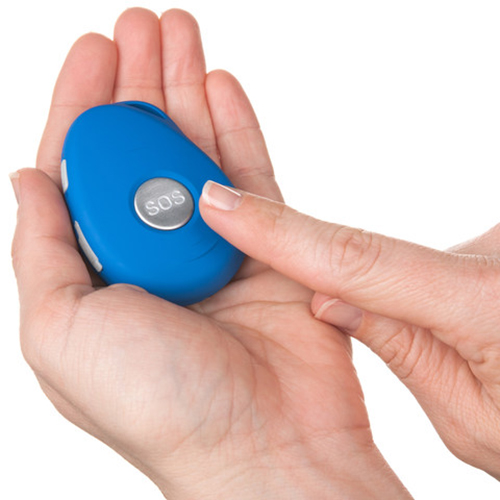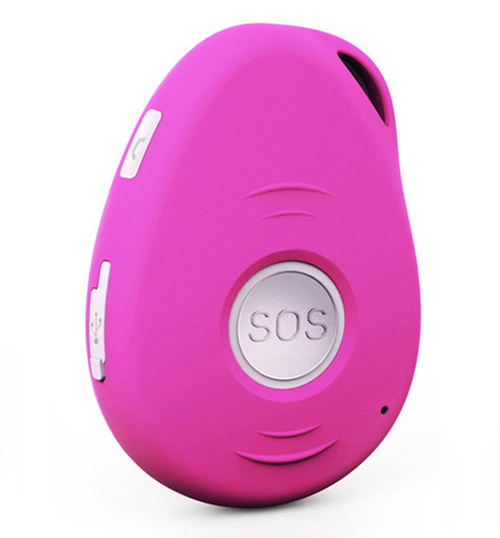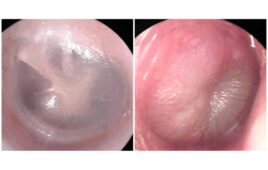Statistics show that while one in three seniors will experience a fall this year, many more will require non-emergency routine assistance. Independent seniors enjoy the feeling of safety and security a medical alarm button provides. Unfortunately, many are often hesitant to call the professional monitoring center unless it is a life or death emergency. Seniors who may need non-emergency personal assistance have been known to wait hours before pressing their button to avoid unnecessarily dispatching ambulance or paramedics.
SafeGuardian’s CareCallers are designed to directly call caregivers, family, neighbors, or friends instead – encouraging seniors to call for personal assistance whenever – or wherever they may need it.
CareCaller sends an immediate text notification – and then calls – up to three user-programmable contacts when the SOS button is pressed. When the call is answered, the wearer can speak with the contact using the built-in two-way speakerphone.
“We have monitored thousands of medical alarm customers during the past decade. Our experience showed us that 90 percent of the help calls are for routine personal assistance. These calls include requests for lift-assists, non-injury help requests and routine daily matters. Many times, the wearer should really call a caregiver, loved-one or family member directly – not an emergency monitoring center,” states Kathleen Holohan, Director of Innovation for SafeGuardian. “Now seniors can call a caregiver or loved-one for routine personal assistance and avoid the cost and embarrassment of needlessly dispatching the paramedics.”
The SafeGuardian CareCallers works by pressing the large “SOS” Button for three seconds.

SafeGuardian CareCaller Mobile Help Alert Medical Alarm With GPS Locator (Credit: PR Newswire)
Designed for today’s mobile 55+ population, each CareCaller includes a built-in real-time GPS locator. Once the SOS button activates the CareCaller, a text message is sent to all pre-established contacts. The text message alerts the contact of the device activation, identifies the wearer by name, provides the exact date/time of the activation, transmits the precise GPS location, and even provides a link to a Google map.
Next, the CareCaller will begin dialing the three pre-programmed contact numbers in order. When a contact answers the call, they can speak with the wearer over the built-in two-way speakerphone. If a contact does not answer, the CareCaller dials the second number on file and then the third number – for up to five minutes.
More advanced than other older medical alarm devices, CareCallers enable the pre-designated contacts to call the wearer’s CareCaller anytime to speak with them to insure they are all right. Caregivers can also quickly and easily send a simple text message to the CareCaller and receive its current location – making it perfect for lost or disoriented wearers.

SafeGuardian CareCaller Mobile Help Alert Medical Alarm With GPS Locator (Credit: PR Newswire)
CareCallers are available in a full line-up of specialized models including the Alzheimer’s Patient CareCaller, 911Direct CareCaller and UrgentCare Monitored CareCaller. The advanced CareCaller Fall Alert model can detect a fall and notify family members & caregivers of a possible fall. “This is important because many seniors do not tell their family of routine falls because they do not want to raise doubts about remaining at home,” continues Holohan.




